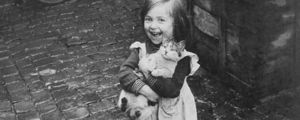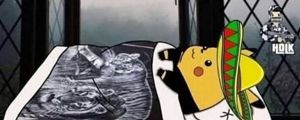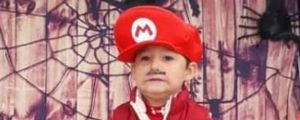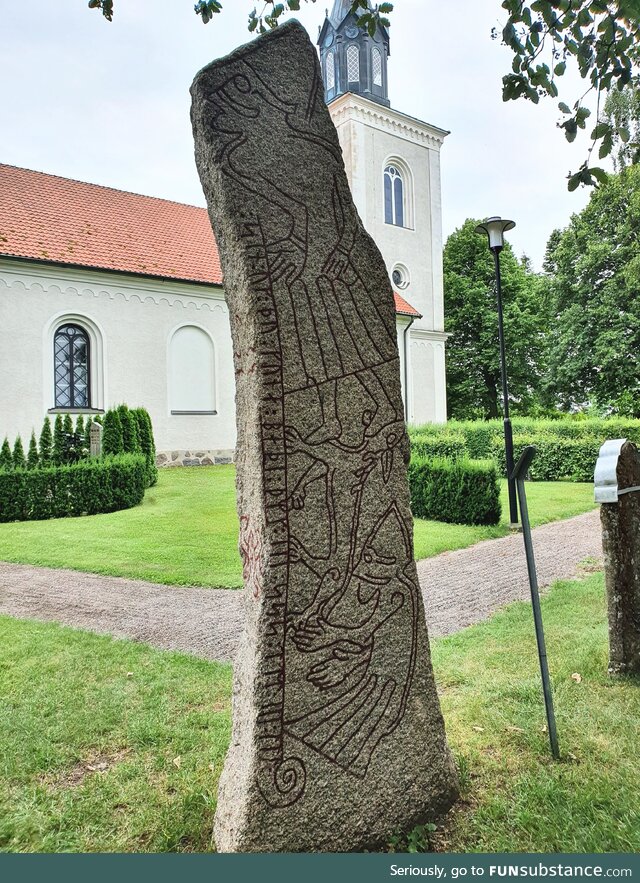Featured Posts

I wish I had a fort

The powerof positive thinking

NASA

Pray for Australia

Take care of each other

She has emerged

My soul feels so much better

I just ordered one. #Just2019HispanicThings

He really wanted his photo at the Halloween party, but was super scared of the spiders

The Only Thing More Contagious Than COVID19 Might Be This Fox's Smile
About
FAQ
Contact
Rules
Terms
Privacy
Feedback
Keyboard Shortcuts:
Previous Post · Next Post · + CTRL Skip Post
Previous Post · Next Post · + CTRL Skip Post
© 2025 FunSubstance · funny and entertaining pictures, memes, gifs & videos.



This stone may depict scenes from Ragnarök, the final battle in Norse mythology. The images include a ship, dogs/wolves and several warriors including a corpse. The animal biting a warrior's foot may be Fenrir devouring Odin. Despite the pagan imagery, this stone like so many others in Sweden was raised during Christianity's rapid spread (note the cross on the narrow side). My estimate is that it is from ca 1010-1040.
The last 12 runes are a magic charm in cipher, which decoded reads "thistle, mistletoe, casket (?)." In Old Norse these words rhyme and only have the initial consonant replaced. The meaning of this charm is unknown, but it isn't unique - this kind of wordplay charm was very popular in medieval Europe.
Old Norse:
A: Bisi satti stæin þennsi æftiʀ Þorgaut …, faður
B: sinn ok þau Gunna baði. Þistill/mistill/kistill
English:
A: Bisi placed this stone in memory of Þorgautr … his father
B: and Gunna, both. Thistle, mistletoe, casket (?)